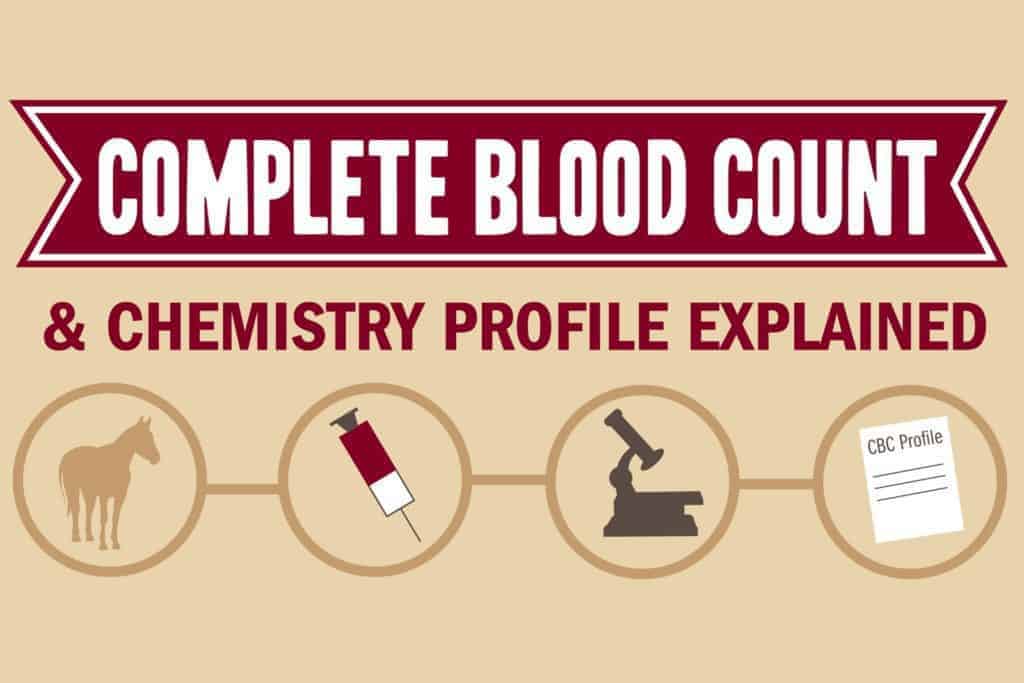
Diagnostic Imaging and Treatment Options for Horses With Neck Pain
Veterinarians discuss how they radiograph, ultrasound, and treat neck problems.

Veterinarians discuss how they radiograph, ultrasound, and treat neck problems.

Dr. Gustavo Zanotto of Texas A&M University describes autologous blood products, how they work, the existing research supporting them, and their applications in horses in this Dechra-sponsored online presentation.

Researchers found the muzzle and outer nostril region present an alternative and less invasive way to test horses for EHV-1.

Dr. Uneeda Bryant describes how veterinary pathologists safeguard horse populations, determine causes of death, and protect the human-animal bond.

Prepurchase exams are an important part of equine practice. A veterinarian recommends how to achieve the best outcomes.

Vets can monitor trends in SAA levels post-orthopedic surgery to quickly identify and address surgical implant infections.

MRI imaging of the stifle joint has shown evidence of injuries to a variety of soft and hard tissues.

Practitioner technique and skill determine the value of ultrasound images of the suspensory ligament.

This step-by-step graphic will guide you through your horse’s blood test results.

An equine veterinary podiatrist gives 6 steps for addressing the acutely laminitic horse.

The key concepts behind 6 orthobiologics available to equine veterinarians.

An equine internist explains how she makes testing decisions and interprets results.

Knowing what imaging and clinicopathologic tests to perform in what order is key to diagnosing challenging cases.

A veterinarian describes what causes podotrochlosis and how practitioners diagnose and manage it.

Researchers set out to learn if PET scans could predict and therefore help prevent potential catastrophic injuries in racehorses.

While ultrasound doesn’t always provide a definitive diagnosis, it can be a useful tool for gathering critical information.
Stay on top of the most recent Horse Health news with
"*" indicates required fields